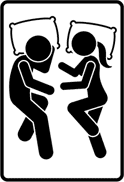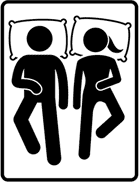Mattress Buying Guide
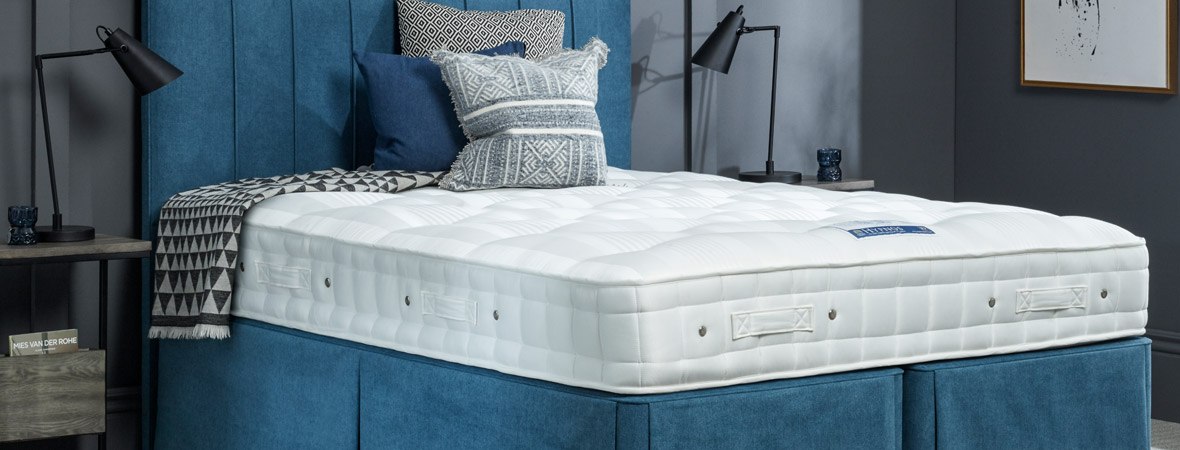
We spend a third of our lives in bed, so choosing the right mattress is a very personal decision. We all sleep differently and have our own ideas on what constitutes comfort. Below, we'll take you through some of the most common questions about mattresses, so you can find your most blissful night's rest yet.
How long should a mattress last? When to replace your mattress
The lifespan of a mattress is generally 8 years, but some of our premium mattresses will last much longer with the right care and maintenance. It's better to think of it this way: if you're not being supported properly, are experiencing back pain or struggling to get to sleep at night, it may be time to take the leap.
Which size mattress should I choose?
Lee Longlands stock all standard size mattresses, all of which offer their own benefits.
Which mattress should I choose - memory foam or pocket spring?
You've heard great things about memory foam mattresses, but also a few rumours - are they a good choice for you? And as for pocket spring mattresses, haven't they been around for ages? Are they falling behind more modern technology?
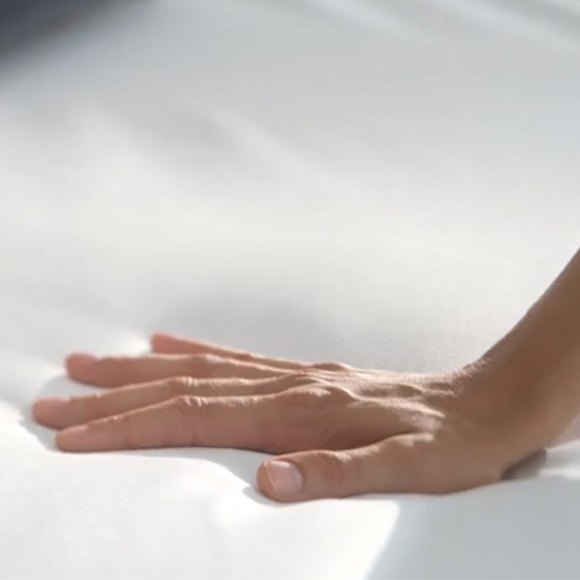
Memory foam mattresses
Memory foam mattresses such as Tempur mattresses mould themselves to the contours of your body. If you choose the right tension for your sleep position (more on that below), they can help get rid of back and hip pain and improve your quality of sleep.
Do memory foam mattresses make you warm?
There's a kernel of truth in this myth. When memory foam mattresses first came on the market over twenty years ago, the technology used was far less advanced than it is today. Since then, memory foam mattress companies have worked hard to rectify this early teething problem.
If a difference remains, the consensus in the industry is that it's minor. However, if you are especially prone to overheating at night, you might want to stick with a gel or pocket spring option instead.
Pocket spring mattresses
Pocket spring mattresses are generally what you think of when you think of a bed. The design is so good, and so comfortable, that it remains hugely popular over 100 years after it was invented.
Pocket spring mattresses are filled with springs encased in fabric pockets. The pockets keep the springs in place, while the springs provide individual points of support for your body.
Pocket spring mattresses have evolved a lot over the years, and now many different kinds are available - some feature springs within springs, layers of mini-springs or different numbers of coils in each spring to give them a different feel.
What are pocket spring mattresses made from?
This varies quite a bit. Some pocket spring mattresses are made with 100% natural materials while others include synthetic materials, too. The fillings can be seen in the item description on each product page or can be discussed with one of our sales experts.
Are more springs better?
A high spring count just means that there are more springs in the mattress. So, if each spring in a pocket sprung mattress provides an extra support point for your body, surely the more springs you have, the better the mattress?
Not necessarily - and again, it's very much down to personal preference. Some people favour high spring counts, but others prefer lower ones. Mattresses are also made from different fillings and layers, so you can even lie down on two mattresses with the same spring count and favour one over the other.
In other words, you can largely ignore the spring count - just pick the mattress that feels most comfortable.
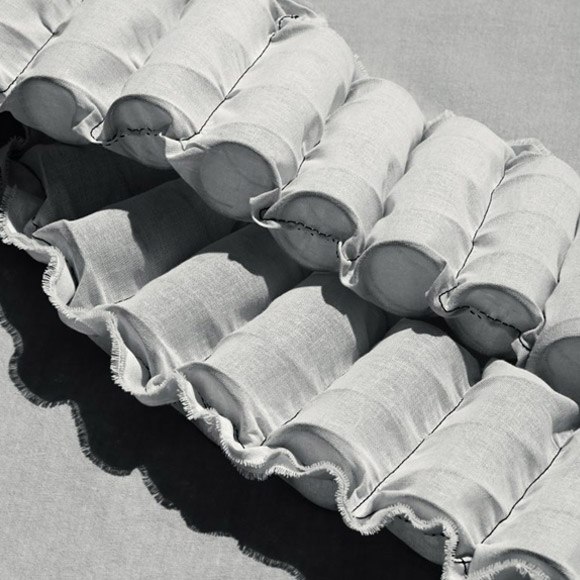
So, which is better - pocket springs or memory foam?
Pocket spring mattresses tend to be more breathable due to their construction and are better able to disperse heat and wick away moisture, depending on the materials used. In pocket spring mattresses, you also have the option of seasonal turn mattresses, which are great for people who suffer with the heat or cold.
Memory foam mattresses are more supportive overall, with some being available in orthopaedic models. Because they distribute your body weight evenly, they can be great for keeping the spine correctly aligned and alleviating pressure. They are also great for motion isolation - basically, preventing you or your partner from disturbing one another. Finally, as they are synthetic they are a great choice of mattress for allergy sufferers.

Which mattress is best for a bad back?
Mattresses can cause backache when they sag or become too old to support you adequately.
As such, getting a new mattress you find comfortable can be enough to alleviate back pain.
However, new mattresses can also be troublesome if you select the incorrect tension for your sleep position - more about mattress tensions below.
If you seem to struggle with every mattress you choose, or suffer from a medical issue, an orthopaedic mattress might be worth a try.
Firm versus soft tension
The mattress tension you'll need is determined by your sleep position. Are you a stomach sleeper, a side sleeper or a back sleeper?
Firm tension for stomach sleepers
No matter how you sleep, your spine needs support - support that your front isn't equipped to give. When stomach sleepers use a mattress that's too soft, the body sinks into the mattress and the spine and neck move out of alignment, causing all sorts of aches and pains. A firm mattress will provide more support and a night's sleep you won't pay for in the morning.
Medium to firm tension for back sleepers
As you drift off, your spine will relax, too - with your body weight on top of it. Not to worry: a quality, supportive medium to firm tension mattress will keep everything in the right place. Just leave enough bounce to accommodate the natural curvature of your spine.
Soft tension for side sleepers
You should aim for your body weight to be evenly distributed, and this is where side sleepers sometimes struggle. Your sides are more contoured than the rest of your body, making it harder to achieve this even distribution. If you aren't being properly supported, you may develop pressure points where your weight is especially concentrated. This can cause problems such as hip and back pain. To combat this issue, try a soft mattress. Because it has more give, the mattress will be better able to mould to your shape.
Turn and no turn mattresses
You'll hear terms like 'turnable', 'no turn' and 'seasonal turn' come up frequently in the mattress world. So, what's the difference between them?
- No turn mattresses - these mattresses can only be used on one side. This makes them easier to maintain because you won't need to turn them every few months as you would with a turnable mattress.
- Turnable mattresses - can be used on both sides. When turned and rotated regularly, these mattresses have greater longevity than a no turn mattress.
- Seasonal turn mattresses - have a warm side and a cool side, so they're ideal if you're sensitive to temperature. Regulate your body temperature with the cool side in summer, and stay snug with the warm side in winter.
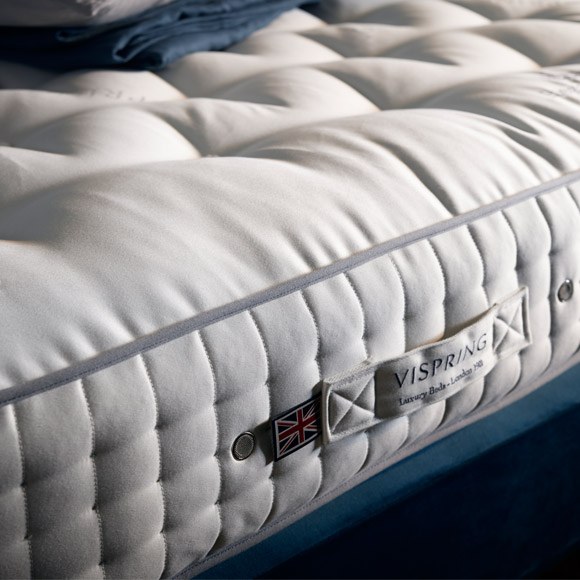
Have more questions?
Our sleep experts instore will be happy to guide you through your options. You can contact them on 0333 200 1552 or visit them in your nearest showroom.



